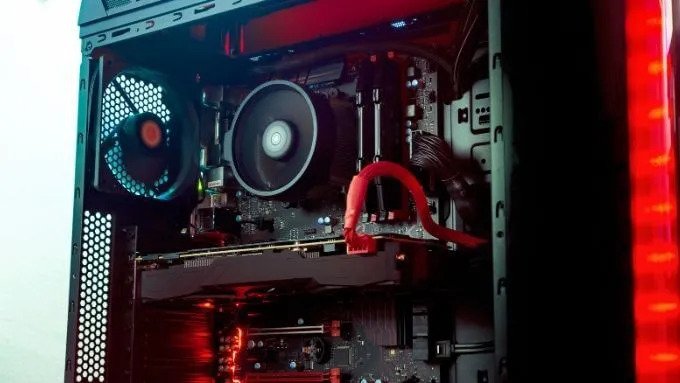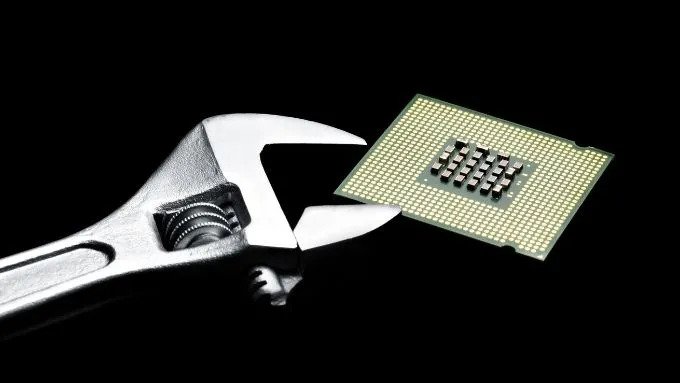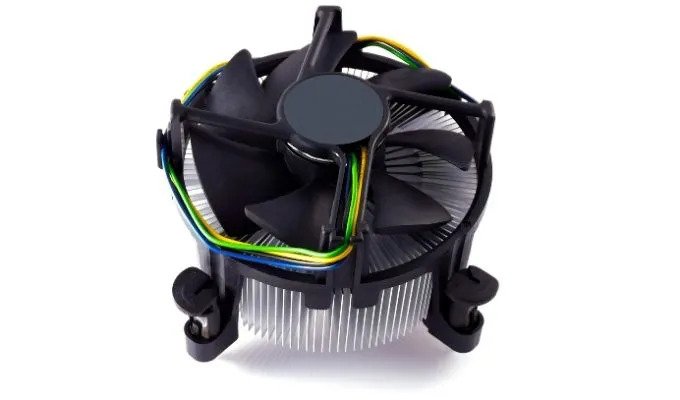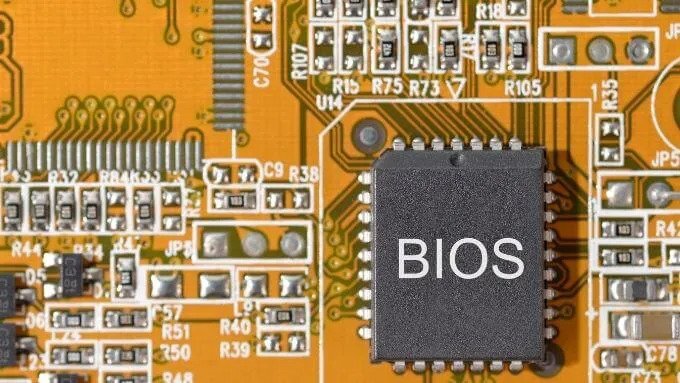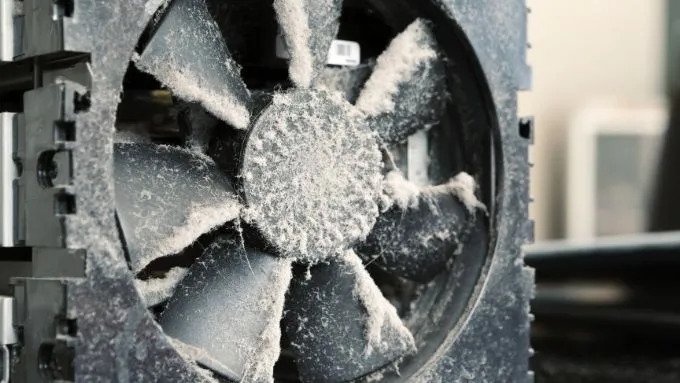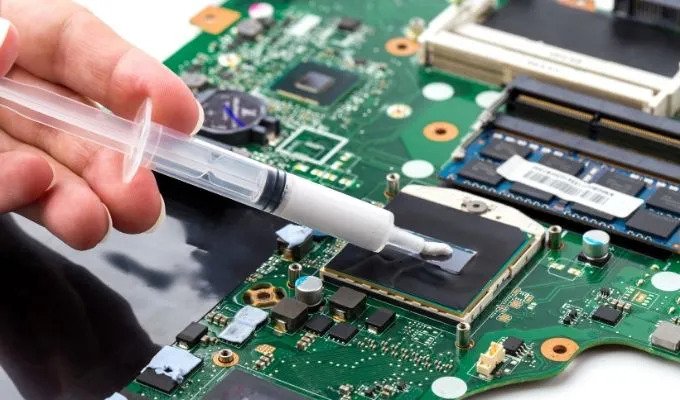What is CPU Fan Error and How to Fix it
CPU Fan Error - This article explains what CPU fan error is and how to fix it. Click the link to read the full guide.
Author:Daniel BarrettJul 21, 202260115 Shares1226843 Views
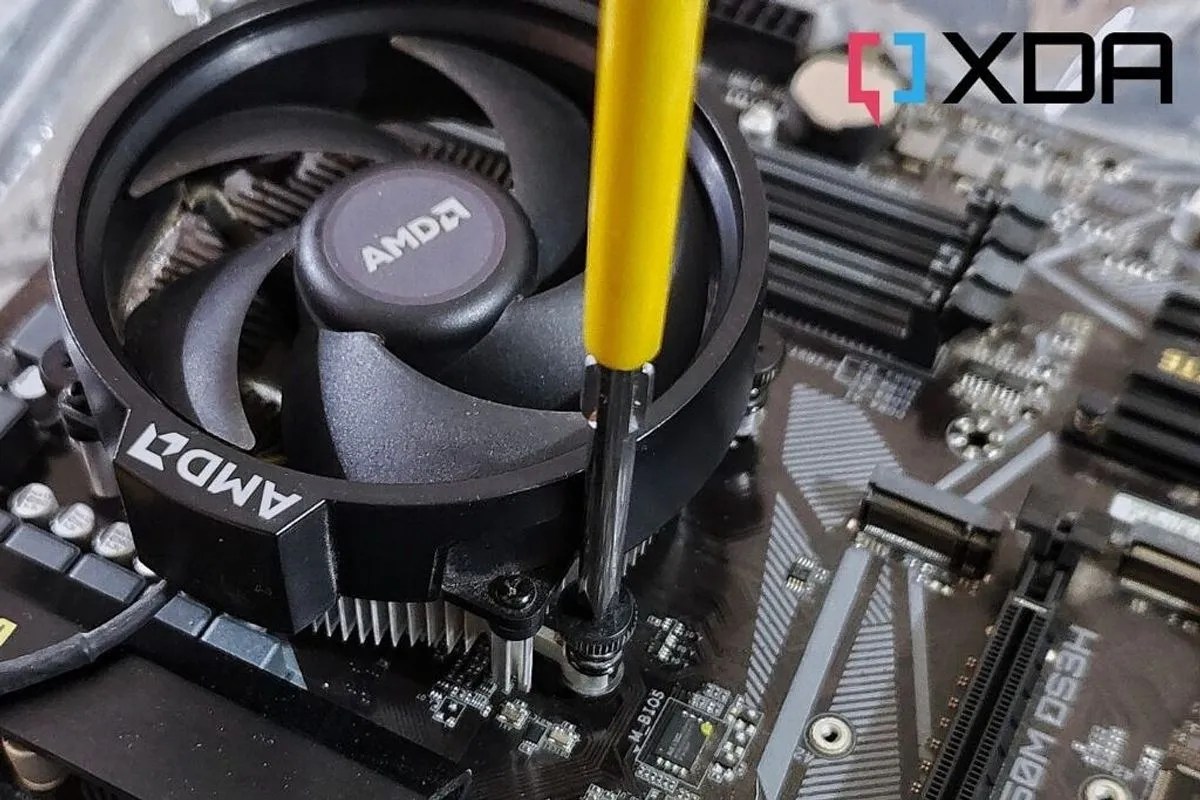
The CPU fan error is a widespread error message that can appear when a user decides to power up a Windows desktop computer or laptop. The warning is often provoked after a computer has shut itself down due to overheating. This may happen when the fan (or fans) are incapable of cooling the hardwareadequately. This article explains what CPU fan error is and how to fix it.
Although annoying, the CPU error message and the automatic shutdown of the system are proof that the computer’s safeguards are in full effect. If the fail-safe system breaks down, it could lead to permanent damage to some of the hardware components of the PC.
The CPU Fan
The CPU is the thinking cap of your computer. It helps with the codes and data to run your computer. With the aid of electricity, it is made possible. Some of the residue electricity is converted to heat in the process.
If the CPU gets too heated, the circuits inside it will no longer transmit electricity appropriately and the computations will cease to function. In severe cases, the CPU can get so heated that those delicate electronic parts will be destroyed.
To fight this, the CPU has a heat spreader, which is a metal plate that touches the CPU on one side and exposes its other side to the outside world. A heatsink and fan assembly usually made from aluminum and copper are positioned on the heat spreader. Between the two is a thin layer of thermal paste, which fills up any air gaps that might exist between the two metal faces.
Heat is transferred from the CPU, through the heat spreader into the heatsink. The heatsink itself also needs to be cooled. This is often done with an attached fan which transfers air through the heatsink’s fins.
Appearance Of CPU Fan Error
The CPU fan error commonly occurs during the bootup or start-up process on a Windows PC; it does not appear during regular Windows operation. The error message text usually appears as one of the following:
“Error: CPU Fan Has Failed!”“CPU Fan Error”
Troubleshooting the Fan Error
Here are a few troubleshooting tips you can follow to combat the CPU Fan error:
Ensure That the Fan is Fitted Correctly
This relates mainly to recent computer forms, but you should examine whether the CPU fan is correctly bound. The CPU fan header (the connector on the motherboard that the CPU fan connects to) is usually tagged something like “CPU_FAN” on the motherboard and will be right next to the CPU socket.
Periodically system builders plug the CPU fan into the system fan header by error, leaving the CPU fan header unused. This makes the computer think there’s no fan at all!
In Water-Cooled Systems
The all-in-one water cooler has a water pump that is connected to the system fan header and the radiator fan connected to the CPU fan header. If this whole connection were to be backward, it could prompt the fan speed error.
Change the Position of Your Computer
Avoid placing your computer in a spot that is directly facing sunlight. This can cause the system to get overheated. Place it in a cooler room instead.
Disable Overclocking and Custom Fan Curves
If you’re overclocking your CPU or have a custom fan curve set up, discard those settings and bring things back to default to see if it works. Overclocking might need a fan upgrade and a buggy fan curve might not be cooling your CPU properly under heavy load.
Check the BIOS
The CPU fan error usually halts the system during the bootup process and asks that you enter the BIOS first. You should surely do this and beware of a few things:
- Navigate to system monitoring (or similar), and check what the reported fan speed is in RPM.
- If the BIOS has been reset, ensure that the default fan speed settings or any fan speed settings match your CPU cooler manufacturer’s indications.
- With precision, you can also set the BIOS to ignore CPU fan speed in some cases. Only do this if there’s a specific reason for it, such as a faulty fan speed sensor despite the fan running as it should.
Tidy up the Air Vents
Use an air blower like a vacuum, with the brush removed to suck out any dirt. An airgun or canned air can also be used. Do not use any liquids or cleaning agents on the parts as this can be detrimental to the components.
Note: Various devices, such as the Microsoft Surface line of products, are not designed to be opened, and doing so may void the warranty or cause permanent damage. If you’re unsure, reference your device’s official support manual or call customer service.
Examine the Other Fans
Be sure that the other fans in your system are affixed and operating appropriately as well. Without sufficient airflow in your case, the CPU fan may fail to deliver sufficient cooling even if running as fast as it can.
Replace Your CPU Fan (or Thermal Paste)
If your PC fan has packed up or your CPU gets too hot despite the fan blowing as it should, you may have to take it off the CPU and inspect it. If the thermal paste looks old, dry, flaky, and cracked, clean it off with isopropyl alcohol and reapply a pea-sized drop in the middle of the CPU heat spreader, before replacing the heatsink.
If the fan itself is dead, you might be able to replace just the fan. However, it’s more plausible that you’ll need to renew the entire cooler. If you’re still using the CPU cooler that your desktop CPU came with, this is a great excuse to buy something a little better!
Editor’s picks:
- How To Fix High CPU Usage Caused By System Interrupts
- The Best Tools to Stress Test Your PC (CPU, RAM & GPU)
- How To Fix High CPU Usage
- What is the WMI Provider Host and why is it using so much CPU?
(Image Credit: HelpDeskGeek)
Jump to
The CPU Fan
Appearance Of CPU Fan Error
Troubleshooting the Fan Error
Ensure That the Fan is Fitted Correctly
In Water-Cooled Systems
Change the Position of Your Computer
Disable Overclocking and Custom Fan Curves
Check the BIOS
Tidy up the Air Vents
Examine the Other Fans
Replace Your CPU Fan (or Thermal Paste)

Daniel Barrett
Author
Latest Articles
Popular Articles
